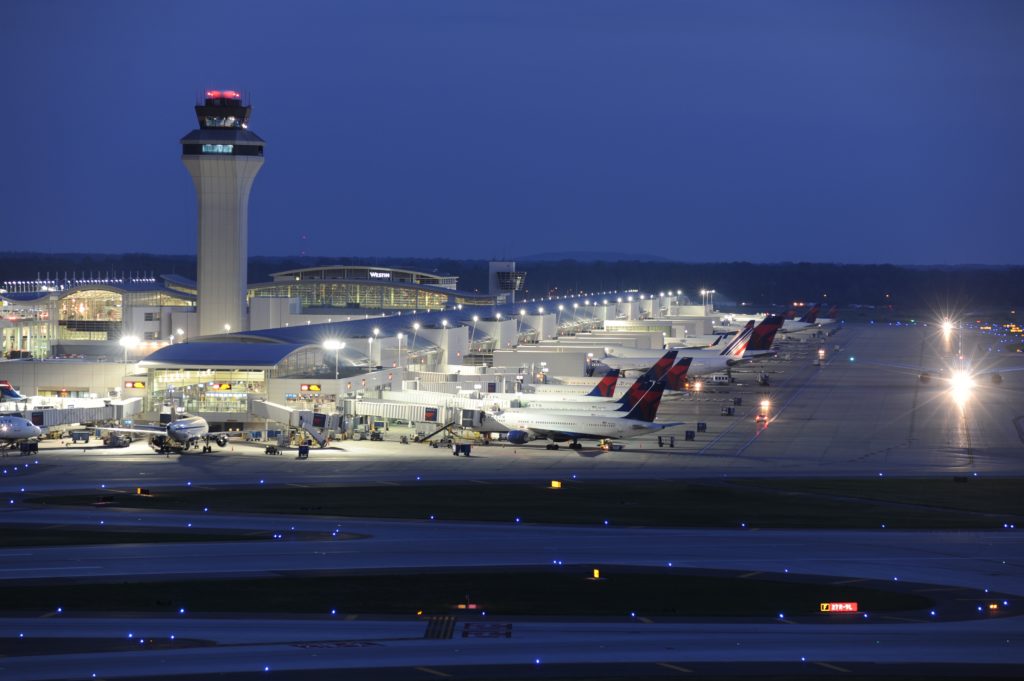Road closures, confusing signage and delays that come with major expansion projects at airports in North America are affecting passenger satisfaction, according to the latest North America Airport Satisfaction Study from J.D. Power.
The 2019 report found that overall passenger satisfaction with North American airports has risen only a single point (on a 1,000-point scale) year over year, following several years of steady improvement.
“With major terminal construction projects now underway in Los Angeles, Boston, Chicago, Atlanta and many other airports, it is becoming impossible for travelers not to experience some form of disruption,” said Michael Taylor, travel intelligence lead at J.D. Power. “While these projects are absolutely necessary to address surging demand, they are currently causing passenger delays and confusion. This translates into a rushed passenger experience and less money spent on food, beverage and retail – and it’s slowing the progress of the airport satisfaction we’ve seen in the past several years.”
The report revealed that the overall customer satisfaction score for North American airports is 762 this year, up 1 point from 2018. The modest performance is attributable to lower-than-average facility access scores, with larger numbers of travelers citing construction-related delays getting into and out of the airport.
Detroit Metropolitan Wayne County Airport ranks highest in passenger satisfaction among mega airports with a score of 786. Minneapolis-Saint Paul International Airport/Wold (779) ranks second, while Las Vegas McCarran International Airport (777) and Orlando International Airport (777) rank third in a tie.
Portland (Oregon) International Airport ranks highest among large airports, with a score of 833. Dallas Love Field (826) ranks second and Tampa International Airport (822) ranks third.
Indianapolis International Airport ranks highest among medium airports with a score of 833. Jacksonville International Airport (831) ranks second and Buffalo Niagara International Airport (829) ranks third.
According to J.D. Power, the common bond among top-performing airports is relatively new facilities that accommodate increased passenger volume, incorporate localized food and beverage offerings, and offer easy access. Airports that can handle larger numbers of passengers while providing such experiences see a pay-off in the form of improved satisfaction scores.
The report also showed that the experience of getting through airport security has improved five points due to improved TSA processing and more widespread adoption of biometric screening technologies that move passengers through security faster.
For more information about the North America Airport Satisfaction Study, visit http://www.jdpower.com/resource/north-america-airport-satisfaction-study

